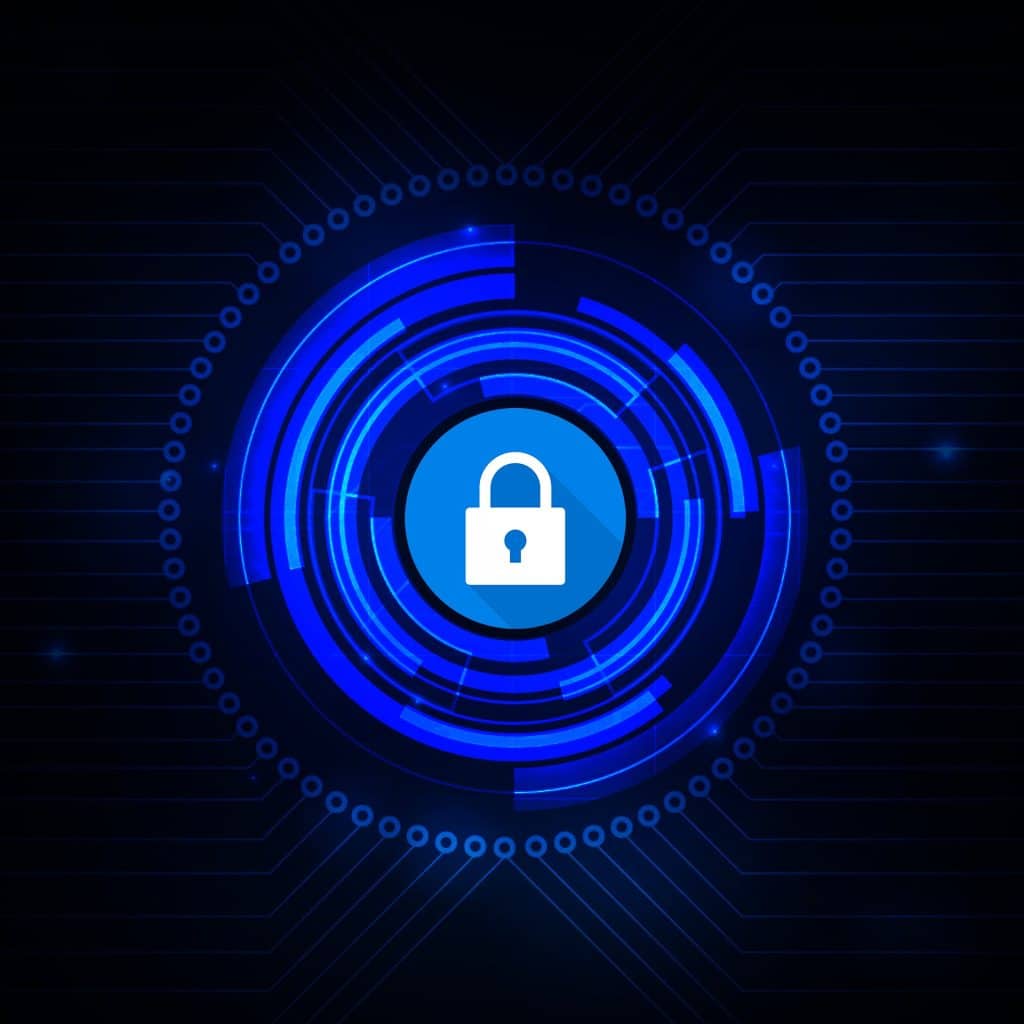Whether you sell shoes or run an accounting firm, you need some type of technology to operate. Today’s companies aren’t just in the business of selling their own goods and services anymore. They also must master various types of digital tools. These include software, payment systems, computers, Wi-Fi networks, mobile devices, and more. Companies also […]
Technology vulnerabilities are an unfortunate side effect of innovation. When software companies push new updates, there are often weaknesses in the code. Hackers exploit these. Software makers then address the vulnerabilities with a security patch. The cycle continues with each new software or hardware update. It’s estimated that about 93% of corporate networks are susceptible […]
Imagine you’re going about your day when suddenly you receive a text from the CEO. The head of the company is asking for your help. They’re out doing customer visits and someone else dropped the ball in providing gift cards. The CEO needs you to buy six $200 gift cards and text the information right […]
When companies plan their cybersecurity strategies, they often overlook the misconfiguration of cloud solutions. Cloud apps are typically quick and easy to sign up for, and users often assume that they don’t need to worry about security because it’s handled. However, this is an incorrect assumption because cloud security is a shared model. While the […]
Since the pandemic, employers around the world have needed to change. They’ve had to shift how their employees operate. Remote work is very much here to stay. Organizations and employees can both benefit from the work-from-home and hybrid work revolution. Cost savings is a driver for supporting remote work. Employee morale and productivity also can […]
The internet has brought about many changes, including how we bank and access our accounts. No longer do we have to go into a local bank branch to make deposits and withdrawals. With online banking, we can conveniently take a picture of a check and deposit it from our phone. Approximately 73% of people around […]
Microsoft released the Windows 11 operating system (OS) over a year ago. It was largely well-received as stable and user-friendly. The OS is not a large departure from the Windows 10 experience. But it does offer a lot of enhancements over the older environment. Yet with several improvements and a free upgrade for Windows 10 […]
No business in Boca Raton wants to suffer a data breach. Unfortunately, in today’s environment, it’s difficult to completely avoid them. According to the IBM Security 2022 Cost of a Data Breach Report, approximately 83% of organizations have experienced more than one data breach. These data breaches hurt businesses in many ways. First, there is […]
Cybersecurity researchers uncovered an alarming mobile statistic. During the first few months of 2022, mobile malware attacks surged by 500%. This is alarming both in scale and because many people aren’t yet protecting smartphones. For years, mobile phones have become more powerful. They now do many of the same functions as a computer – just […]
The new buzzword around town is “metaverse.” But what does that actually mean for businesses? Is it just something that social media companies need to be concerned about? According to people like Apple’s CEO Tim Cook, the metaverse is coming. He stated that “Life without AR will soon be unthinkable.” Whether that’s a short-term or […]
There’s a reason that browsers like Edge have added breached password notifications. Data breaches are an unfortunate part of life. And can have costly consequences for individuals. Hackers can steal identities and compromise bank accounts, just to name a couple. Cybercriminals breach about 4,800 websites every month with form jacking code. It has become all […]
Data privacy has been a growing requirement ever since the internet age began. So much personal information is flying around through computer networks. Protecting it has become a mandate. Most companies must follow HIPAA, GDPR, or another industry or locality-based privacy rule. By the end of 2024, 75% of the world’s population will have their […]
Our technology inevitably comes with us when we travel. Most of us won’t even travel to the end of the block without our smartphones. When you go on a trip, not having your technology there when you need it can ruin your day. Travel smarter and more securely by doing several checks before you go. […]
If you follow Microsoft products, then you may know about Microsoft Ignite. Held annually, it generates many exciting updates and announcements in the Microsoft world. Microsoft held its most recent conference last October. In the rush of the recent holidays, you may have missed some of the highlights. So, we’re bringing them to you now. […]
With the upcoming Federal Trade Commission (FTC) safeguards and IT requirements for businesses, its important that you know exactly what needs to be done to keep your business up-to-date. The new regulations will affect any business of any size, no matter if you’re a small business owner or a large corporation. So, lets dive into […]
Cybersecurity insurance is still a pretty new concept for many SMBs. It was initially introduced in the 1990s to provide coverage for large enterprises. It covered things like data processing errors and online media. Since that time, the policies for this type of liability coverage have changed. Today’s cyber insurance policies cover the typical costs […]
The new year has just begun and it’s a time of renewal as we plan for the possibilities to come in 2023. It’s also a time when you need to plan for resiliency in the face of ever-present cyberattacks. Sixty-eight percent of surveyed business leaders feel that cybersecurity risks are getting worse. They have a […]
The global home security market has been growing by leaps and bounds. By 2026, experts expect the market to expand at a rate of 20.1%. This is on top of an expected increase of 21.6% from 2021 to 2022. From Ring doorbell cams to entire home security systems, consumers want these solutions. Watching your front […]
You often hear the words “digital transformation” and “collaboration.” But what do they actually mean? What do they mean for the day-to-day of running your business? Collaboration can’t happen without shared goals. When departments are siloed and unconnected, priorities can conflict. People are doing their best but may not be moving in the same direction. […]
The global pandemic put a big emphasis on the need to run a business from anywhere. Enabling employees to work remotely requires cloud solutions. This includes collaborative platforms like Google Workspace and Microsoft 365. VoIP (Voice over Internet Protocol) phone systems have also become critical. VoIP allows companies to stay in contact with customers and […]
One constant struggle in offices is the balance between productivity and security. If you give users too much freedom in your network, risk increases. But add too many security gates, and productivity can dwindle. It’s a fine balance between the two, but one you can achieve. Organizations need to recognize the importance of both. And […]
When the year is coming to a close, it’s the perfect time to plan for the future. Most businesses begin the year with the hope of growing and improving operations. Much of how a business operates depends on technology. So, it makes sense to look to your IT for areas of optimization. A year-end technology […]
It seems that nearly as long as passwords have been around, they’ve been a major source of security concern. Eighty-one percent of security incidents happen due to stolen or weak passwords. Additionally, employees continue to neglect the basics of good cyber hygiene. For example, 61% of workers use the same password for multiple platforms. And […]
Bring your own device (BYOD) is a concept that took hold after the invention of the smartphone. When phones got smarter, software developers began creating apps for those phones. Over time, mobile device use has overtaken desktop use at work. According to Microsoft, mobile devices make up about 60% of the endpoints in a company […]
Microsoft Teams is a lot of things. It’s a video conferencing tool, a team messaging channel, and a tool for in-app co-authoring, just to name a few. During the pandemic, the popularity of Teams skyrocketed. User numbers for MS Teams jumped from 20 million in November 2019 to 75 million in April 2020. As of […]
























